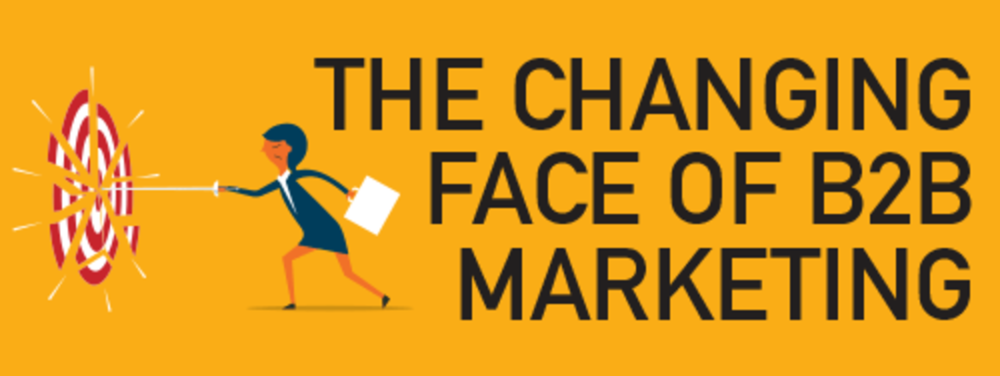There’s still time to registed for our Virtual Event on B2B Marketing on August 17, featuring speakers from Touchtown, Act-On, and Smartling. More information here.
Everyone’s talking about the B2B Buyer journey, and how it has changed dramatically over just the last few years. Because, well, digitization and data.
And there’s one statistic everyone starts with — although, amusingly enough, it gets kind of fuzzy when you start to look into it. Act-On will tell you 92% of B2B purchase journeys begin with a web search. Other sources will tell you that 89% of B2B buyers resort to the web during the purchase process. I’ve seen the figure of 85% of tech buyers — specifically tech buyers — grab at least three pieces of online content during consideration (probably a lot more than three, in many cases). And Forrester Research — which is where, I suspect, the original data point emerged, tells us that as much as 90% of the B2B buyer’s journey may be complete — complete — before he or she even reaches out to a sales representative.
Of course, there’s no disagreement among all those statistics, each of which measure something slightly different. in fact, there’s a consensus: Most of the B2B purchase journey is now an online journey. And a key ancillary point is that in each case the buyer, or buyers, are likely digesting digital content at the same time as speaking with salespeople (even Forrester doesn’t exclude that for the final 10% of the typical journey).
So it’s not just that your target account may be reading and researching out of your sight, every time they go outside your web properties and get feedback from third party sources, blogs, online peers, etc. They may be doing so while interacting with you, and comparing what your marketing tells them with what they learn elsewhere.
Remember when the entire buyer’s journey took place right in front of you? Literally through meetings, events, and social functions; metaphorically through telephone calls and emails? No longer. For B2B marketers, the pressure is truly on.
Something which has always been true (after all, ABM is not a new invention) is that large-scale, expensive, considered purchases are frequently made by teams rather than individuals. So for any one account, you may have not one stakeholder, but a whole crew of them, chatting to contacts on LinkedIn, consuming different white papers and videos, talking — or not talking — to your sales team. Are you serving up content for CFOs and CMOs? Should you, rather, be serving content relevant to the geeks on the team who will actually be using your product, and are going to tell the C-suite what they need?
Whether you’re call it ABM or not, if you’re marketing to a large number of accounts — and prospecting for more — you need some kind of strategy to scale your content and outreach efforts. Not only is it likely impractical to try to serve all your content to everyone, it’s likely to be counter-productive: The objective should be to reach stakeholders with content relevant to them, and do so at the right stage of their journey.
That challenge raises all kinds of questions, of course. How do you know which stage of the journey the purchaser is at? Have you truly identified purchasers who are in market rather than just browsing? Do you have sufficient control over your content assets to be able to distribute them effectively, even if you can answer those questions?
The truth is that in 2017, if you’re engaged on B2B marketing at any kind of scale, you need to start learning some of the lessons from the B2C space. That means coming to terms with marketing automation, and understanding that it’s not just a way to schedule relevant emails: It can help you understand who is visiting your web properties, their behavior when present, and the type of content they’re interested in — and will be interested in when they visit again. Yes, I’m talking about predicting interests and needs of purchasers, including the several and different purchaser personas likely to be involved with any one account.
It will also mean, for many brands, becoming accustomed to social listening. On LinkedIn especially, but in other social channels too, prospective buyers will be asking questions and sharing information about your products and services. Don’t you want that on your radar?
Finally, further down the road for many brands, as business grows fast and accounts multiply, you’re going to have to start, at least, to understand AI and machine learning, and how they can increase the speed and effectiveness with which purchaser data can be managed at scale.
The pace of change is fast, and it’s going to get faster. We’ll be discussing much of the above in our upcoming Virtual Event: “The Changing Face of B2B Marketing” on August 17. We invite you to join us.







